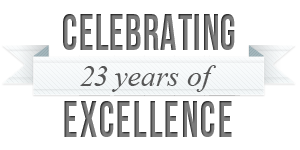How COVID Changed the World of Work
The pandemic has radically changed the world of work for the legal profession. The shift toward home working has provided an opportunity for people to work more flexibly in a way that could not otherwise have been anticipated. The fact that that change had to be embraced almost overnight, and importantly by all generations, has meant that the rate of progress toward flexible working has been exponentially quicker than would otherwise have been the case. That has heralded an opportunity to reclaim time away from the office and seek a better work-life balance. It has also forced employers to become less rigid in how they employ and retain staff.
With that change, however, has come unprecedented challenges. Most immediately, the collision of home and office made it difficult for many people to juggle work and home demands, and step mentally away from work at the end of the day; in my case, as a restructuring lawyer and mother of two school-age children, the combination of homeschooling and an onslaught of new cases was extremely difficult. While that period is hopefully behind us, there is a new challenge the world of work is trying to address: namely, finding a viable hybrid approach to the return to the office that maintains flexibility, while providing meaningful connectivity between staff and “stickiness” between employees and the employer.
Employers will struggle to retain people where they either push against flexible working too hard (making them uncompetitive) or do not restore in-person connectivity (which can drive the sense of personal investment in the workplace). There is a natural tension between those two drivers, but that can be overcome with intentionality. In my case, I have seen the use of “anchor” days as being hugely valuable in demarcating time for in-person contact in the office and common home-working days.
In my view, the changes to the world of work heralded by the pandemic are permanent, and it is incumbent on employers to embrace that change openly and with enthusiasm. If it is viewed as an opportunity to remove boundaries, drive innovation, and achieve efficiencies and improvements in working practice, it can provide a change that will help employers accelerate their businesses and gain a competitive advantage.







